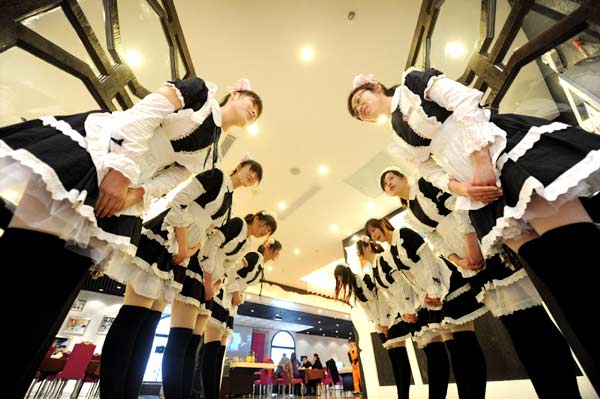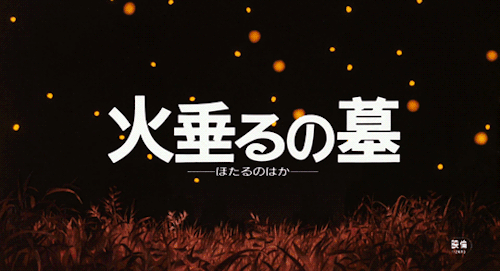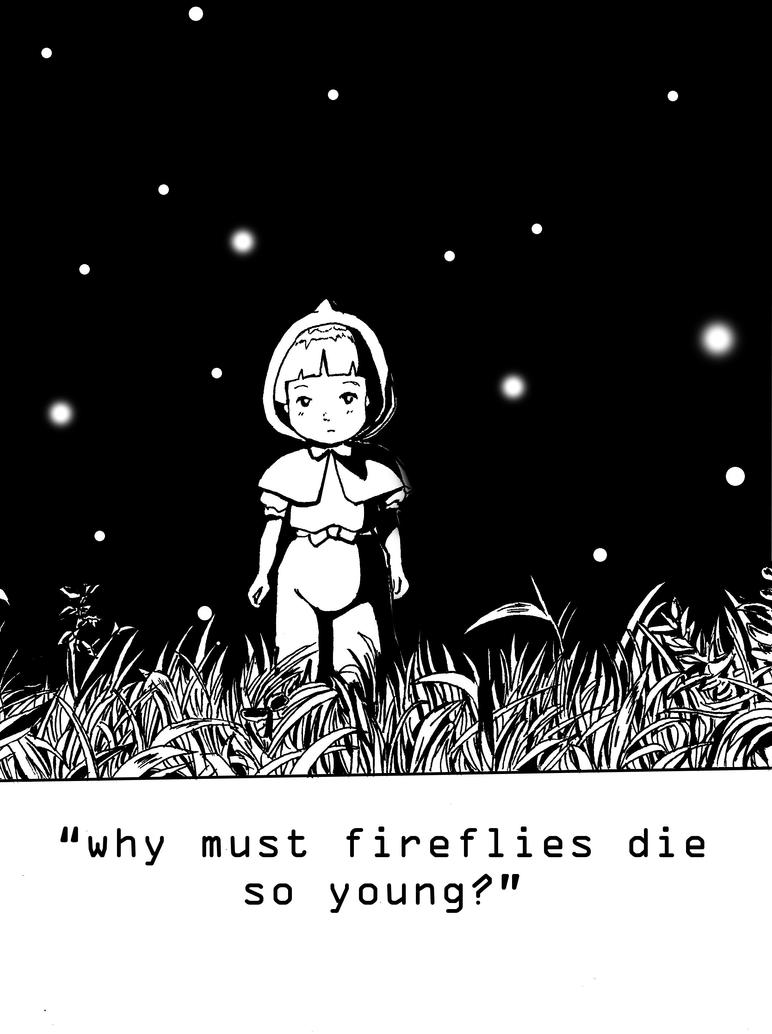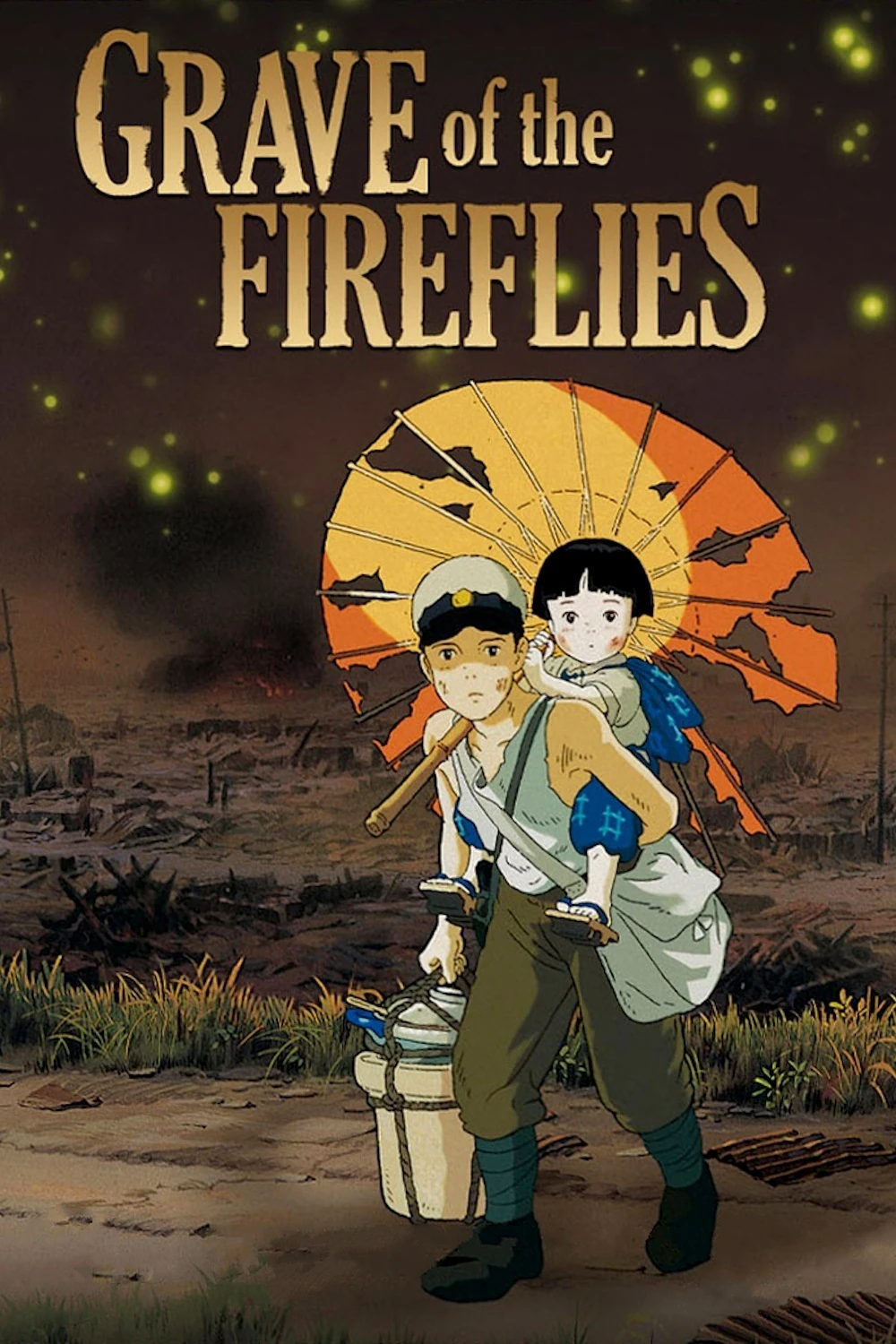In Japan theme cafés and restaurants are very popular not only among teenagers. Certainly there are many types of those
cafés
which amaze with its uniqueness and ingenuity. Typically the themes of restaurants are related to the characters from the manga and anime, or other well-known forms of pop culture, like Hello Kitty or robots. In Japan there are also many cafés with live animals, or waiters and waitresses dress in a certain way to attract customers. Although this type of untypical cafes and restaurants is becoming more and more present in other countries, only in Japan it is so popular and often visited. The reason of course lays in the Japanese mentality. Most types of those dining places can be regrouped under a common name - cosplay restaurants, it means restaurants where the waitresses are dressed in a suitable manner to the satisfaction of the otaku ( maniacal fans of the world of manga and anime). They are usually dressed as characters from manga, sometimes their clothes resemble animal (they look like cats or bunnies). In Japan there are a lot of cafés related to Alice in Wonderland. Food and drinks at those cosplay restaurants always refer to the theme of the restaurant which along with the waitresses create a unique atmosphere. The staff treats the customers as masters and mistresses in a private home rather than merely as a café customers. The main objective is to give an impression that waitresses are "kawaii", it means really cute. The young Japanese girls, to please the tastes of men, lower the tone of voice and imitate the behavior of little girls to be seen as sweet, clumsy girls.Waitresses in some of the cosplay restaurants can play with customers games such as cards or rock paper scissors, bot not only... It is true that they do not provide any sexual pleasures, because prostitution is prohibited in Japan, but it happens that the customers can arrange with a date with waitress (for example after winning special competition), or sometimes even massage of feet or hands. As in many other issues related to Japan it is hard to tell where is the border of morality that should not be overstepped. But as I have previously written - in Japan there are a lot of different types of maid cafes but the waitresses do not offer a sexual benefits to customers. However, there are also cafes where waitresses wear skimpy clothes specifically allowing to peep on their underwear. Categorically I want to underline once again: this type of cafes are not used to hide illegal prostitution, as in the case of the Japanese, soap houses, but the fact is that the waitresses are supposed to seduce thier clustomers to make them come back again. For us - Europeans, this behavior can be scandalous and shameful, but in Japan it is tolerated.
Try to discover the mysterious land of the rising sun and the cherry blossom...
Tuesday, December 29, 2015
Sunday, December 27, 2015
Hotaru no haka - SPOILER ALERT
-SPOILER ALERT- SPOILER ALERT-SPOILER ALERT- SPOILER ALERT- SPOILER ALERT-
In the previous post I briefly described the Japanese film "Grave of the Fireflies". Today I want to add some more information about the plot. Siblings, Seita and Setsuko wander destroyed Kobe after a raid in search of their mother.They see despair, death and fire digesting the remains of the city. After finding mother, it turns out that she is in critical condition and quickly dies. Seita though hardly cope with the death of his mother, does not want to scare younger sister and because of that he hides this fact. Just as one of the protagonist of the film "La vita e' bella" Seita is doing everything to hide from Setsuko unpleasant reality of war, death, hunger and social exclusion. The boy during the war is undergoing a metamorphosis, which deprives him of his childhood, and makes him an adult, taken over the fate of his sister, the last living loved one. At the beginning they live with the distant relative, but it turns out that she uses their remaining means of living for herself, treating them badly and leaving them
enough food
only to survive. The little Setsuko quickly begins to have health problems due to poor nutrition worsening as well as her mental state. All the time she is waiting for parents that will never come back. The deteriorating financial situation and mistreatment forces Seita to flee from the house to the abandoned bunkers on the outskirts of the city. Using their last money, siblings buy tools and food necessary for survival and spends their last happy moments together in those bunkers. I think that "Grave of the Fireflies" is an amazing movie, because it can at the same time show the cruelty of war and the moments of children happiness of Seita and Setsuko. sometimes we can completely forget that the protagonists are in the middle of the war, but then, every time their happy moments are interrupted by ominous noises of bombers, which force them to continuously run for their lives. This highlights the transience of life and shows how little we need to be happy even if it is for a short time. Of course Seita and Setsuko awaits an unpleasant end, when after much suffering, sickness and starving the little girl dies. Tough living conditions, despite of all brother's efforts, ends the short life of Setsuko. Although it is likely that Seita would survive alone, after the death of sisters, he has no longer the will to live and soon joins his sister.
Hotaru no haka
Last week I watched the animated drama film called "Grave of the Fireflies", with its original title in Japanese "Hotaru no haka" . It was produced by Studio Ghibli in 1988, written and directed by Isao Takahata, well-known director of many popular animated films and television series in Japan. The film is a drama set in Second World War period that not only reveals the reality of life of ordinary citizens during numerous raids (in this case of the Japanese city called Kobe), but also it forces to think about the meaning of life. At the beginning, I would like to encourage everyone to watch "Grave of the Fireflies" even if someone does not like the anime or animated films at all. It really does not matter in this case. What is important is the message of this film. We do not talk about some childish film with happy ending, nor about a brutal and bloody picture of war. It is a beautiful movie that nevertheless the cruel events shows the beauty of love and compassion. The film, despite of the sad tone, brings a lot of emotions and allow us to reflect about our life. In my opinion, "Grave of the Fireflies" is a film that everyone should see, regardless of the film's preferences. The scenes, often left without a comment or with musical accompaniment leave a lot of space to our thoughts. I would like also to mention that this movie is filled with sadness and perhaps for people used to Disney's productions it will seem a little brutal, but for me it is more realistic, than cruel. The movie shows the truth, but I think that the film is first of all a touching one. The plot tells the story of siblings, teenage boy named Seita and his younger sister Setsuko, which after being separated from their mother, during one of the raids, are trying to desperately find her. I will write only this for those whom I encourage to watch this movie. In the next post I will explain the details of the plot and the ending, so all of you - if you are interested in watching "Grave of the Fireflies" please do not read the second post! :)
Sunday, December 13, 2015
Wagakki Band II
Good evening! As I mentioned last time, today I would like to go back to Wagakki Band. This time I would like to add a few words about the instruments and write about some interesting songs from their repertoire.
First of all among the traditional Japanese musical instruments the most famous ones are :
Taiko - Japanese percussion instrument, this term refers to any kind of drum and they are used often during festivals
Biwa - a type of Japanese mandolin, often used in narrative storytelling. The biwa is the chosen instrument of Benten, goddess of music, eloquence, poetry, and education in Buddhism.
Koto- is the national instrument of Japan, stringed, about 180 centimetres long, made from wood, and it have 13 or 17 strings
Shiamisen - a banjo-like three-stringed instrument, derived from the Chinese instrument sanxian. It is played with a plectrum called a bachi and is often used to accompany bunraku and kabuki.
Shakuhachi - a type of flute that consists of a bamboo pipe about 20 inches long, was introduced from China into Japan in the 8th century
Shou - a vertical bamboo flute, that was introduced from China during the Nara period , it consists of 17 slender bamboo pipes and two of them are silent
 |
| Koto |
 |
| Biwa |
I found a short video that shows two of the above mentioned instruments: taiko and shiamisen :)
Going back to Wagakki Band besides the well-known Europeans musical instruments such as : guitar, bass, drums, we can hear the sound of koto, shiamisen, shakuhachi and taiko drums (Wadaiko).
As for the most popular hits of Wagakki Band we can certainly include songs such as: Ikusa, Nijiiro Chouchou, Roku Chounen to Ichiya Monogatari and Senbonzakura. And today I want to briefly describe two of them.
Roku Chounen to Ichiya Monogatari
This song, like many others from the Japanese repertoire, can be interpreted as a metaphor, in this case, of life and growing up. Lyrics presents a nameless orphan that being isolated by the rest of the society did not know kindness nor he had a name.The child was persecuted and the only thing that the child knew was despair and loneliness, therefore, up to the point when he met another child, he did not have the will to live. It is confirmed by a fragment which could be translated as:
"I can not die, can not die, why I can not die?
Although I can not have a single dream"
In the second part of the song the protagonist meets a child, whom despite being aware that this friendship can bring him a lot of suffering.The nameless child, instead of being happy still fears that kindness of his friend will lead to their death. The child dreams that the world would end and two friends would disappear from the world filled with hatred.
As I mentioned this song could be seen as a metaphor of growing up, fearing the world, which is full of hate and selfishness, but also to emphasize the importance of friendship and the fact that loneliness is the greatest evil.
Senbonzakura
This song is much more difficult to explain and I can only try to sketch the main idea of it. Like many other Japanese songs, the text is very poetic and therefore can be interpreted in many ways. The song is very lively and expressive, in the video often they hide faces behind masks of Oni - Japanese demon. I want also mention that the title means: a thousand petals of cherry blossoms. In Japan, as I mentioned many times, cherry blossoms is associated with the transience of of life and inexorability of dying. This song is about conflicts and refers to Second World War, but there are not enough evidence to say that it is only about Second World War. Senbonzakura talks about death, war, suffering and about how quickly our lives can end. The first 4 lines of this song can be translated more or less like this:
"Petals of a thousand cherry trees through the night
You sing and I dance
We have a real banquet in a steel cage
Come and shoot freely."
Personally, I think that this song not only glorifies the deaths of war's victims, but also calls for the senselessness of armed conflict. The protagonist feels trapped in a steel cage and the cruel war seems to be terrible and insane banquet full of blood and violence.
"The world is immersed in eternal darkness
You will not hear any laments here."
At the end two other popular hits of this band:
Ikusa
Nijiiro Chouchou
See you nest time ! :)
Tuesday, December 1, 2015
Wagakki Band
Konbanwa!
I found recently a very interesting band - Wagakki Band, which represents a genre of music called J-Pop. The name J-pop is an abbreviation from Japanese Pop, but this band represents also other kinds of music, like Folk Rock and Metal. I must honestly admit that my knowledge about Japanese music is rather insignificant and mostly based on the basic informations about Japanese instruments and types of music. So far, unfortunately, I did not have a chance to know many Japanese singers or bands, nor somebody have recommended me some. That is the reason why the most of the Japanese songs I know comes from anime. The above mentioned band drew my attention because of the extraordinary sound of their songs, which like Japan itself combine tradition with modernity.
Looking at the pictures you can get the impression that we are dealing with some characters from anime or cosplayers. Their music compositions are accompanied by incredible attention to detail, lyrics, musical setting, video clips, balancing of tones and well-chosen clothes that create a unique atmosphere. Each of the above listed elements have contributed to the success of the band and in my opinion represents the essence of Japaneseness. Wagakki Band consists of eight people, including Suzuhana Yuuko as a singer and Kaminaga Daisuke (Shakuhachi), Ibukuro Kiyoshi (Koto), Ninagawa Beni (Tsugaru Jamisen), Kurona (Wadaiko), Machiya (Guitar), Asa (Bass), Wasabi (Drums)*.
* In brackets I placed the names of the instruments.
The most popular song of this band is called Senbonzakura with more than 25 million views on You Tube. The band began its career recently and the first concert on a large scale took place during Expo 2014 in France.
In the next post I will briefly describe Japanese instruments that the band members use and describe a few songs chosen by me. :)
My favorite song -
~~ Roku Chounen to Ichiya Monogatari ~~
Subscribe to:
Posts (Atom)







